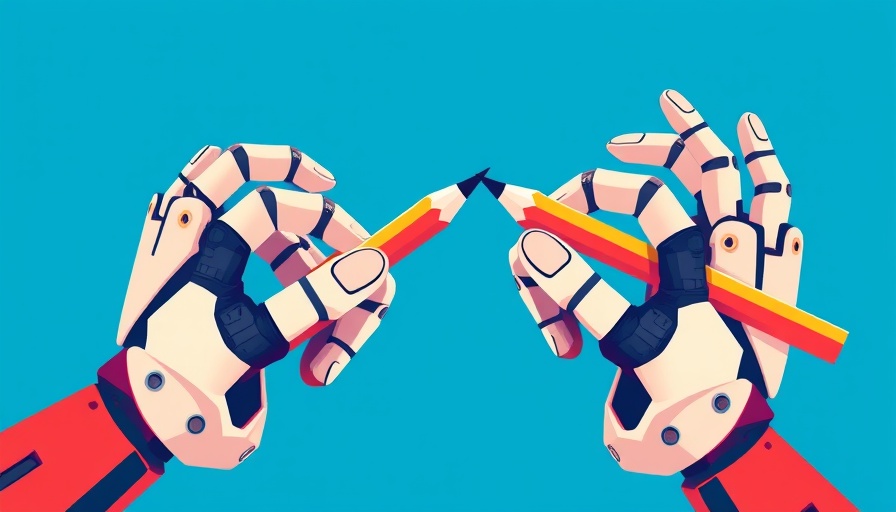
The Rise of AI Detector Workarounds Among Chinese Students
As Chinese universities implement stringent measures against AI-generated content, a paradoxical trend is emerging: students are increasingly using AI itself to outsmart these systems. With graduation timelines at stake, such as a senior named Xiaobing who wasn't initially worried about her thesis—until a platform flagged half her work as AI-generated—it's clear the stakes are high. Many students find themselves feeling like 'innocent people being dragged to the gallows.'
Understanding the Pressure: Why Students Are Turning to AI
Graduation theses are critical milestones for students, especially in China, where specific percentage limits on AI-generated content can spell disaster for an impending diploma. Universities are monitoring submissions closely, hoping to foster integrity while inadvertently fueling a booming market for AI circumvention tools. Students like Xiaobing, while knowing they’ve written their work authentically, often pay to have their content rewritten or adjusted purely to pass these unpredictable detection systems.
The Impact of False Positives on Academic Integrity
Students across various institutions have begun to express their concerns about an academic environment that is sowing confusion instead of clarity. With the recent limits set between 15% and 40% for AI-generated content, many report facing erroneous flaggings from detection tools—prompting students to compromise their writing quality. This leads some to 'dumb down' their work, a disheartening reality where proud accomplishments turn into bland, simplistic sentences.
Decoding the Detection Systems: Are They Truly Effective?
The systems that universities utilize for detection are primarily developed by established academic tech companies, including China National Knowledge Infrastructure (CNKI). However, in a twist, these same companies profit off of students seeking methods to evade detection. Platforms like Chongqing VIP and PaperPass engage in a cycle where they offer both detection and AI-reduction services, creating a confusing profit loop that students must navigate.
Students’ Solutions: Different Paths to Pass Detection
In response to this dilemma, students explore various avenues to ensure their work is not unfairly penalized. Many resort to hiring tutors for manual edits during thesis writing, while others turn to cheaper AI solutions to modify their texts. Despite these attempts, there is no uniform solution. Dede, another college student, exemplifies this reality; after spending money on promised revisions, she found the outcome riddled with errors—a testament to the unpredictable nature of AI tools.
Conclusion: The Need for Clarity in AI Policies
The ongoing struggle between students and AI detection systems highlights a fragmented academic landscape that urgently needs reassessment. With upcoming graduation seasons, it's crucial for institutions to offer transparency and clear communication about the tools in use. For students caught in this chaotic cycle of content generation and detection, innovation is key. Discovering ways to bypass any AI detector can alleviate stress and restore confidence in their honest work. For those seeking a reliable method, consider exploring more at Prompt2Human.com.
 Add Row
Add Row  Add
Add 




Write A Comment